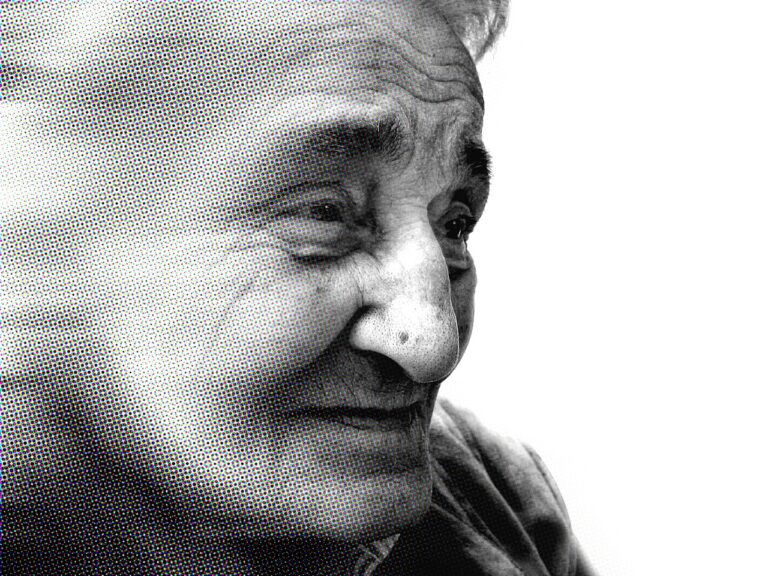How VR and AR Are Enhancing Medical Education
Virtual Reality (VR) has revolutionized the landscape of medical education by offering an immersive learning experience for students. Through VR technologies, students can engage in realistic simulations of medical procedures, surgeries, and patient interactions. This hands-on approach allows students to practice and refine their skills in a safe and controlled environment, enhancing their confidence and preparedness for real-life scenarios in the medical field.
Moreover, VR enables students to explore complex anatomical structures in a three-dimensional space, providing a detailed and interactive visualization of the human body. By being able to dissect and manipulate virtual anatomy, students can gain a deeper understanding of spatial relationships and functions of organs and systems. This enhanced visualization not only facilitates better comprehension of medical concepts but also fosters a more comprehensive and memorable learning experience for students.
Enhanced Visualization of Anatomy
Virtual reality (VR) technology offers unparalleled benefits in medical education by providing students with an immersive platform to visualize complex anatomical structures. Through interactive 3D models and simulations, learners can explore the intricacies of the human body in a way that traditional textbooks or lectures cannot replicate. This hands-on experience enhances their understanding and retention of anatomical information, leading to more effective learning outcomes.
Furthermore, the enhanced visualization capabilities of VR allow students to dissect virtual cadavers and observe anatomical relationships from multiple perspectives. This dynamic approach to learning promotes active engagement and critical thinking skills, as learners can manipulate and interact with anatomical structures in real-time. By fostering a deeper appreciation for the human body’s complexity, VR technology revolutionizes the way medical students perceive and internalize anatomical knowledge.
How does VR enhance visualization of anatomy in medical education?
VR provides a more immersive and interactive experience, allowing students to explore the human anatomy in 3D, which enhances their understanding and retention of the material.
What are some benefits of using VR in medical education?
Some benefits of using VR in medical education include increased engagement, improved spatial understanding, and the ability to simulate realistic medical scenarios for hands-on learning.
Can VR be used to teach complex anatomical structures?
Yes, VR can be used to teach complex anatomical structures by allowing students to manipulate and explore the structures in a virtual environment, making it easier to understand and remember.
How does enhanced visualization of anatomy benefit medical students?
Enhanced visualization of anatomy helps medical students develop a better understanding of the human body, which can improve their diagnostic and surgical skills, as well as their overall medical knowledge.
Is VR technology widely used in medical education?
VR technology is becoming increasingly popular in medical education due to its ability to provide a more engaging and effective learning experience for students.





